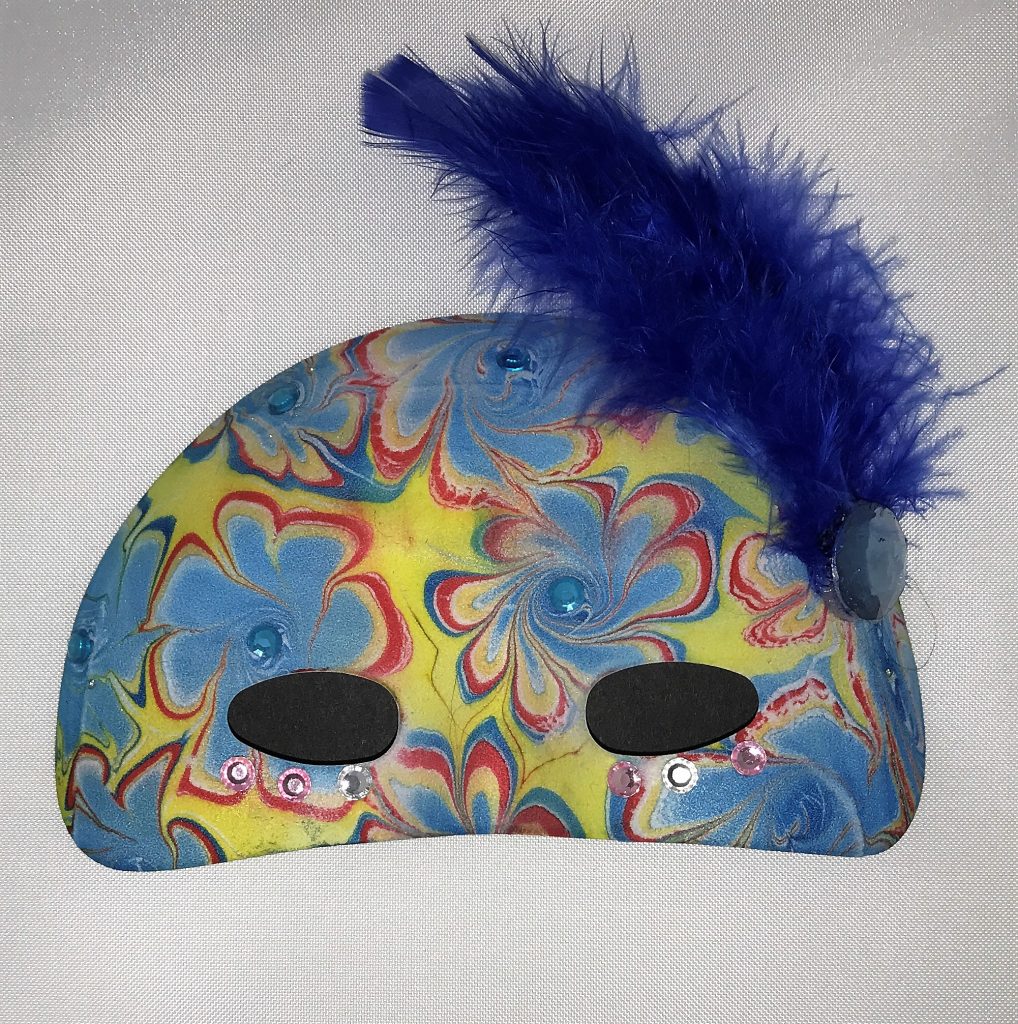Arts and crafts offer children the opportunity to:
- Be creative
- Engage in problem-solving
- Improve fine motor skills and spatial awareness
- Work both independently and collaboratively
- Learn about the properties of different media and materials
- Develop their appreciation of colour, pattern, shape and symmetry
- Extend their vocabulary
- Have fun!
Arts and crafts enhance children’s understanding across the curriculum, particularly in Mathematics and Science.
We all learn best when we are engaged in activities we find both meaningful and enjoyable. Most children relish opportunities to explore the world through arts and crafts using a wide variety of materials and techniques. Learning about the ways in which various materials can be manipulated, combined, shaped and repurposed helps children develop their creativity and imagination, alongside their fine motor control and problem-solving skills. Intense discussions, involving subjects across the whole curriculum, are built into these activities. Children develop a sense of achievement making things they can be justifiably proud of.
I teach a variety of different arts and crafts including painting, 3D model making, hand and machine sewing, peg stamping, embossing, die-cutting, crochet, loom knitting, quilting, woodwork, pottery, bookmaking, watercolour painting and salt dough modelling. We use found objects from nature, alongside both manufactured and recycled materials, to make items such as junk journals, shadow boxes, dream catchers and carefully decorated objects of all kinds.
Many children benefit from arts and crafts being incorporated into their individual tuition lessons. Children with developmental delay, language deficit, poor spatial awareness or difficulties with fine motor control skills, benefit enormously from learning through arts and crafts. In consultation with parents, I can include art and craft activities with more formal academic lessons.

